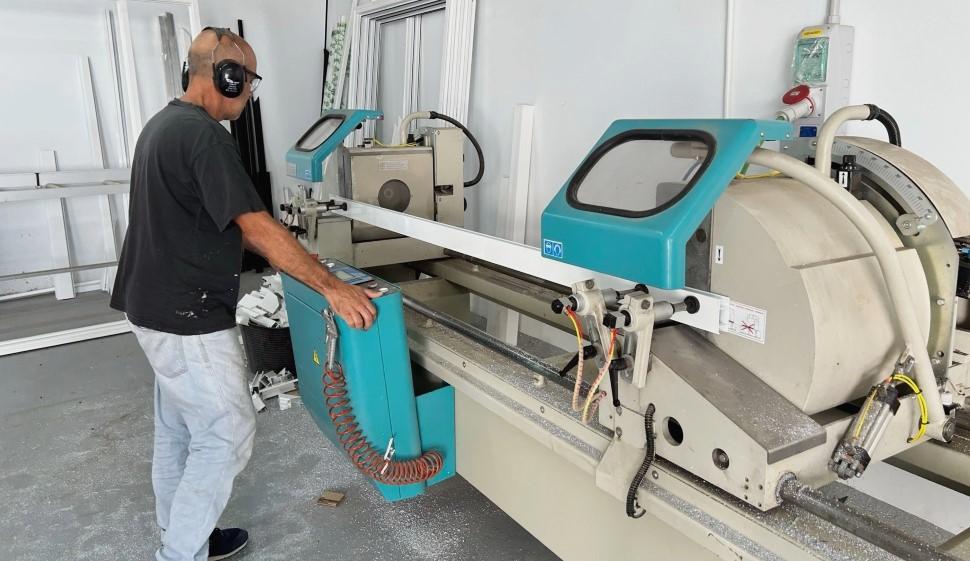Aluminium doors and windows have become increasingly popular in both residential and commercial settings. The fabrication process of these architectural elements is a careful and intricate one, requiring skilled craftsmen and advanced techniques to create durable and aesthetically pleasing products. In this article, we will explore the fabrication process of aluminium doors and windows, delving into the various steps involved and the importance of each stage.
The Fabrication Process of Aluminium Doors and Windows
The first step in the fabrication process is the planning and design stage. This involves working closely with architects or designers to determine the specific requirements for the doors and windows. Factors such as size, style, and functionality are taken into consideration during this phase. Once the design is finalized, precise measurements and technical drawings are created to ensure accurate fabrication.
Profiles
Next, the aluminium profiles are chosen. Aluminium is a lightweight and corrosion-resistant material, making it an ideal choice for doors and windows. The profiles selected should be of high quality and meet industry standards. The chosen profiles are then cut to the required lengths using specialized machinery.
After the profiles have been cut, they undergo various shaping processes. This involves bending and curving the aluminium profiles to match the desired design. Specialized tools and machinery, such as CNC (Computer Numerical Control) machines, are used to achieve precise shapes and angles.
Assembly
Once the shaping is complete, the profiles are assembled using various joining methods. Welding is commonly used to join the profiles together, providing strength and stability. Other joining methods, such as mechanical fasteners, may also be employed depending on the specific requirements of the project.
Powder coating
After the profiles have been joined, the doors and windows undergo surface treatment. The aluminium surfaces are cleaned and prepared to ensure proper adhesion of the finishing materials. Powder coating is a popular choice for surface treatment, as it creates a durable and visually appealing finish. The powder coating process involves applying a dry powder to the aluminium surfaces, which is then cured under heat, creating a strong and protective coating.
Aluminium Doors and Windows the Hardware
Finally, the doors and windows are fitted with the necessary hardware and accessories. This includes handles, locks, hinges, and weather seals. These components are crucial for the functionality and security of the doors and windows. Skilled technicians carefully install and adjust these components to ensure smooth operation and proper insulation.
Conclusion
In conclusion, the fabrication process of aluminium doors and windows involves several crucial steps that require skilled craftsmanship and advanced techniques. From the initial design and planning stage to the final installation of hardware, every step is important in creating durable and aesthetically pleasing architectural elements. The use of high-quality materials, precise measurements, and advanced machinery ensures that the finished products meet industry standards and exceed customer expectations. Aluminium doors and windows have become a popular choice due to their durability, versatility, and aesthetic appeal, making them an excellent choice for both residential and commercial applications.

